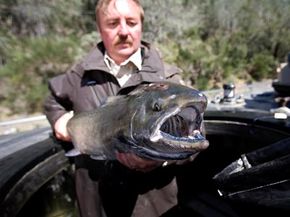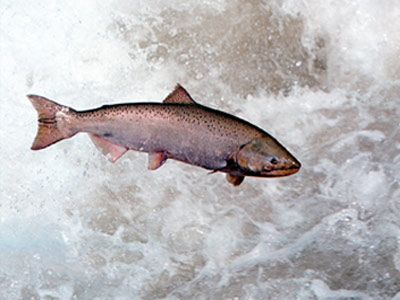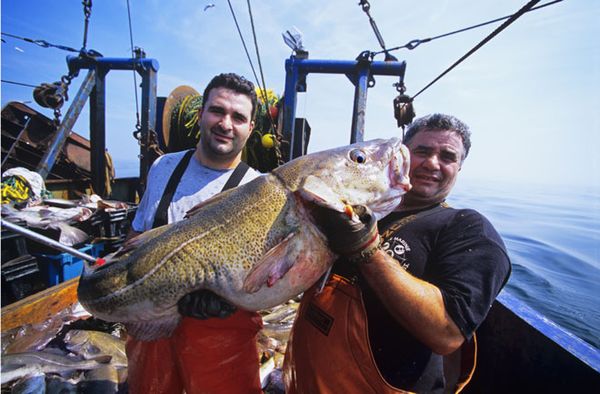Do you enjoy a quiet morning with a rod and reel or stuffing yourself at an all-you-can-eat seafood buffet? Either way, you owe a debt of thanks to fish managers.
A fish manager is not an upwardly mobile trout, nor is it a pet store employee in charge of aquariums. Fish managers are in charge of overseeing fish populations within a region or specific body of water called a fishery. It's the manager's job to maintain a healthy fish population and take measures when the fish stocks are at risk. In the United States, there are both freshwater and saltwater fish managers. They work with federal, state and local governments to create fishing policies.
Advertisement
It's a really big job. Fish populations can be very delicate -- many factors can impact the wellbeing of fish. Fish managers have to monitor the environment and watch out for pollution from dangerous chemicals or runoff. If a predatory population increases, the other fish populations will likely decrease. But perhaps the biggest factor is overfishing from humans.
Fish managers must also have a deep understanding of the fish they oversee. They have to know where and when the fish reproduce. They need to know the life cycle of each kind of fish. If the fish are susceptible to certain diseases or chemicals, the manager should be aware of that, too.
There's another factor fish managers have to keep in mind when they do their job: the human factor. The decisions fish managers make have real-life consequences for millions of people, from fishermen to consumers. Fishermen who rely on harvesting specific fish stocks for their livelihood may find themselves out of a job if a fish manager places restrictions on fishing. It's not always an easy decision -- the fish manager has to balance the needs of the community with those of the environment.
As you can probably imagine, this sometimes means the fish manager has to deal with delicate situations. For example, in the United States, some tribal communities rely on fishing as a means of subsistence or as a way to preserve cultural traditions. Many areas in the United States have special regulations that protect these communities and their fishing practices, sometimes at the expense of recreational or commercial fishing. Fish managers have to take all of this into consideration when creating policies.
We'll take a closer look at the way fish managers make policies in the next section.
Advertisement




